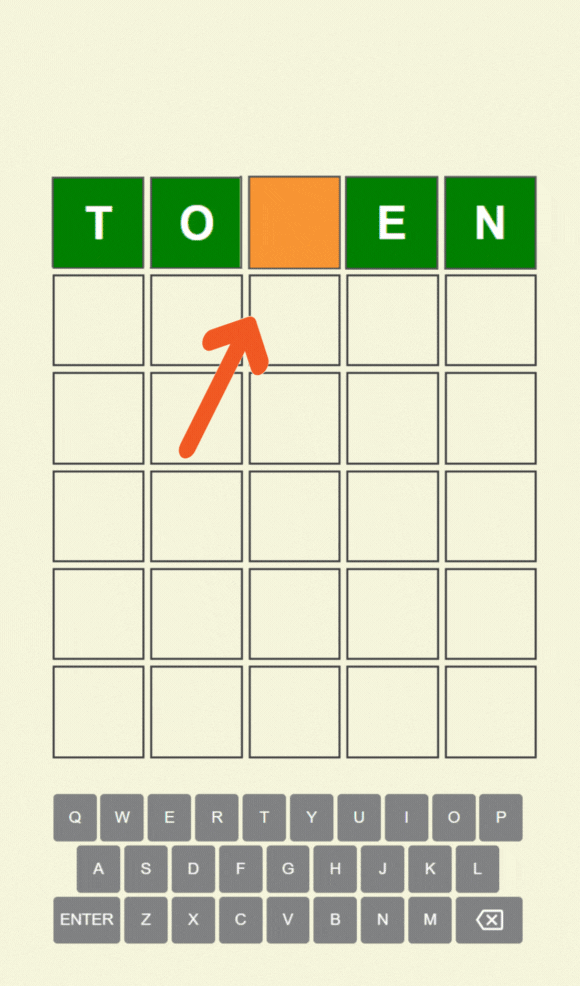India’s Central Bank (RBI) is preparing to take steps to effectively enhance the offline transfer capabilities of the Central Bank Digital Currency (CBDC). According to The Economic Times, at the 2024 BIS Innovation Summit, RBI Governor Shaktikanta Das reported an increase in transactions among individual users of India’s digital rupee (CBDC).
Integrating UPI with CBDC for Individual Use
In his statement, Das emphasized that more efforts are needed to adopt the Unified Payments Interface (UPI) more broadly. Das stated, “We leveraged the existing trade infrastructure on UPI to facilitate CBDC transactions. Although the number of transactions has reached as high as 1 million per day, we still see UPI being preferred among individual users. Of course, we hope this changes in the future.”

The offline mode for CBDCs will reflect a significant advantage of cash by allowing transactions even without internet access. Das also confirmed that CBDC will offer a level of anonymity similar to cash, commenting, “The issue of anonymity can be addressed through legislation or technology, such as permanently deleting transactions. This could be one of the methods used. The fundamental principle is that CBDC should be as anonymous as cash, no more, no less.”
Banks’ Mediation to Continue
Das also highlighted that India’s digital rupee is designed not to offer interest, unlike traditional bank deposits, which preserves the business models of banks. This feature reduces the risk of eliminating banks from mediation.
RBI is making efforts to integrate the upcoming CBDC with fast payment systems, particularly UPI, responding to feedback from individual users. One of the steps taken by the bank is to allow a single QR code to work for both UPI and CBDC payments, simplifying the acceptance process for businesses.
Digital Rupee Gains Interest in India
While developed countries show a more cautious approach, India stands out as one of the few pioneering countries in CBDC trials. The country is expanding the use of its digital currency, e-Rupi, through a pilot program launched in December 2022. To date, more than 1.3 million people and 300,000 businesses have participated in this program.
As of March 2023, over 1.2 million dollars’ worth of rupees have been circulated. However, the majority of this money (65%) is currently used in the wholesale segment, with individual adoption rates remaining at 35%.
India’s RBI is among the vast majority (98%) of central banks worldwide actively researching CBDCs. The purpose of these studies is to enhance the functionality and accessibility of central bank money.

 Türkçe
Türkçe Español
Español









